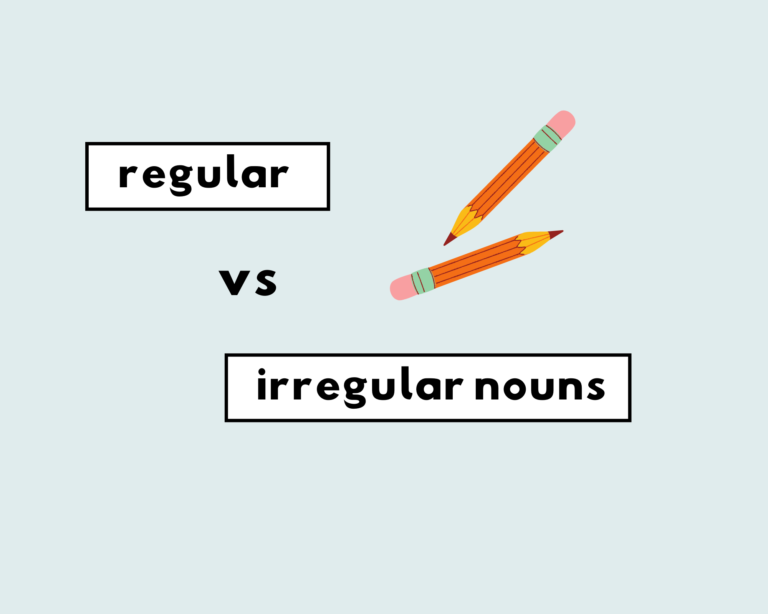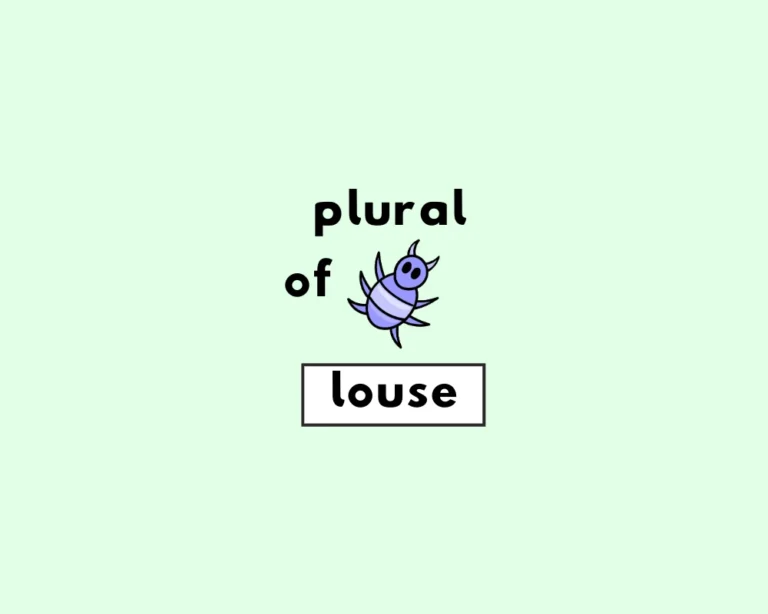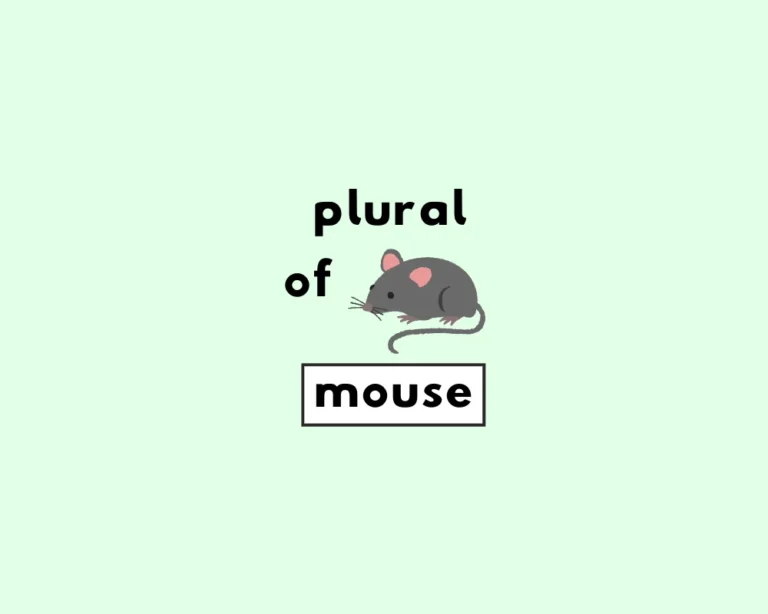
What’s the Plural of Cactus?
Cactuses and cacti are both accepted to mean more than one of these sturdy desert plants, the cactus.
Explore the breadths and depths of Grammarflex’s knowledge base, containing resources and comprehensive guides on pretty much everything you could want to know related to English grammar and writing.
Learn all about the main parts of speech, which (in case you forgot) comprises of verbs, nouns, adjectives, pronouns, adverbs, conjunctions, prepositions and interjections. Beyond the fundamentals of English grammar, you’ll find guide on writing mechanics and style, literary devices amd more.


Cactuses and cacti are both accepted to mean more than one of these sturdy desert plants, the cactus.

Octopuses is most commonly accepted as the plural of this eight-limbed sea creature, the octopus.

The plural of leaf is leaves. That’s the only plural for a leaf.

Quit horsin’ around, both hooves and hoofs are correct plural forms of the hoof.

Any plural noun that end in -s or -es is regular. All other noun endings are irregular, (even those that stay the same.)

Women is the only correct plural form of the singular noun, woman.

The only plural noun form of man is men (rhymes with pen). Use men (pl. n.) to refer to more than one man (sing. n).

When referring to the noun and parasitic, wingless insect, the plural form of the singular noun louse is lice.

Make no mouse-take, the plural of mouse is mice, when referring to the rodent. For a computer mouse, both computer mouses and computer mice works.